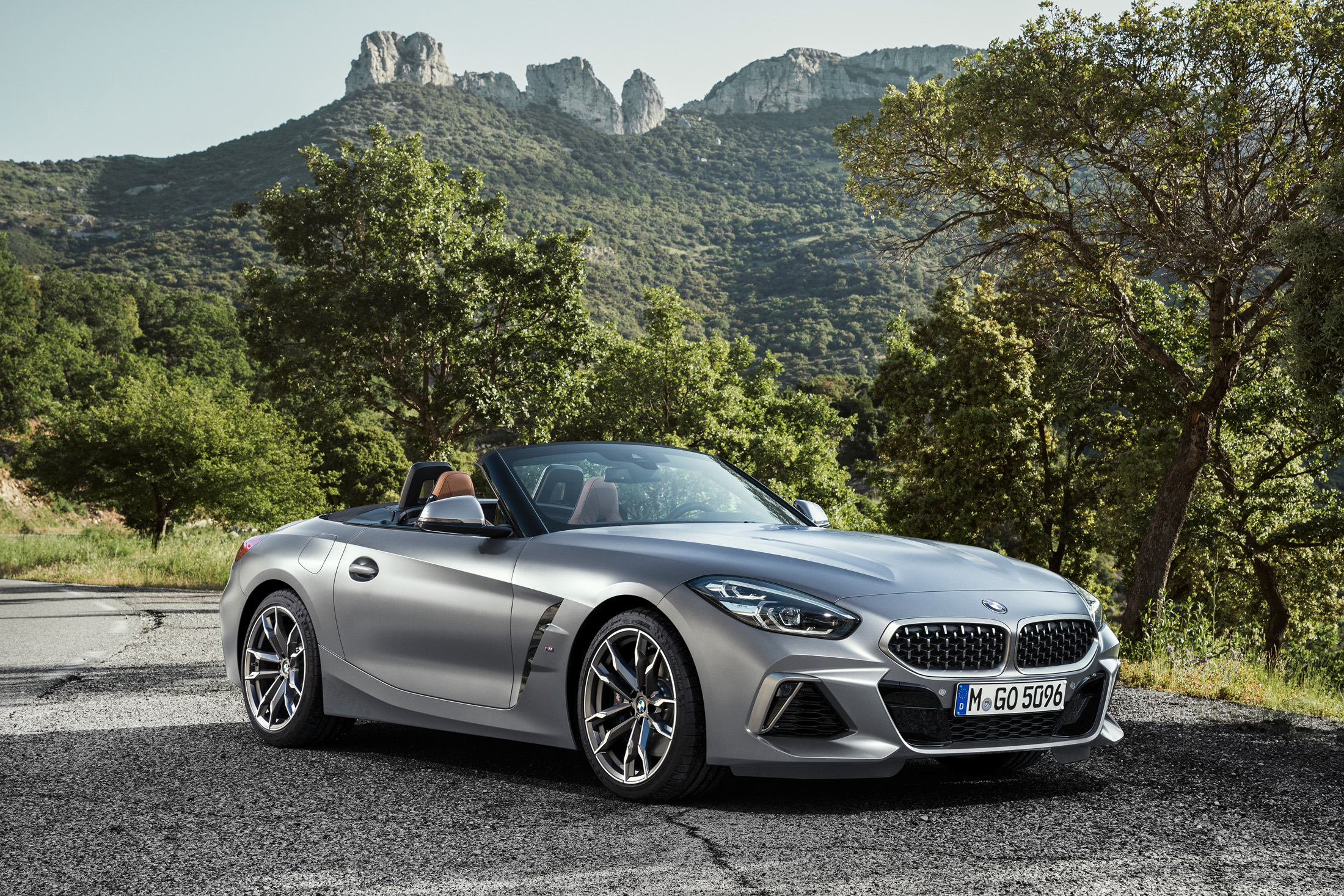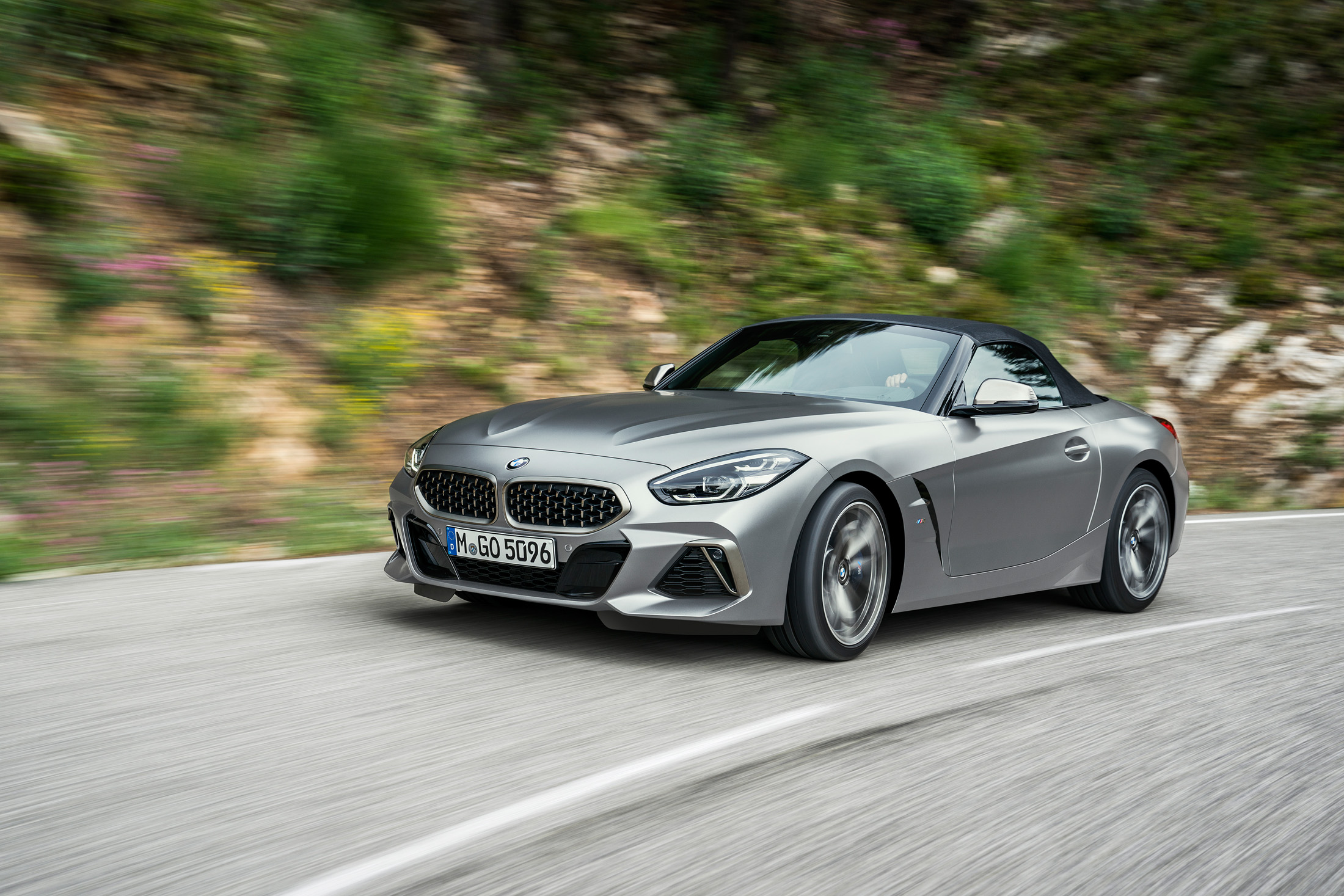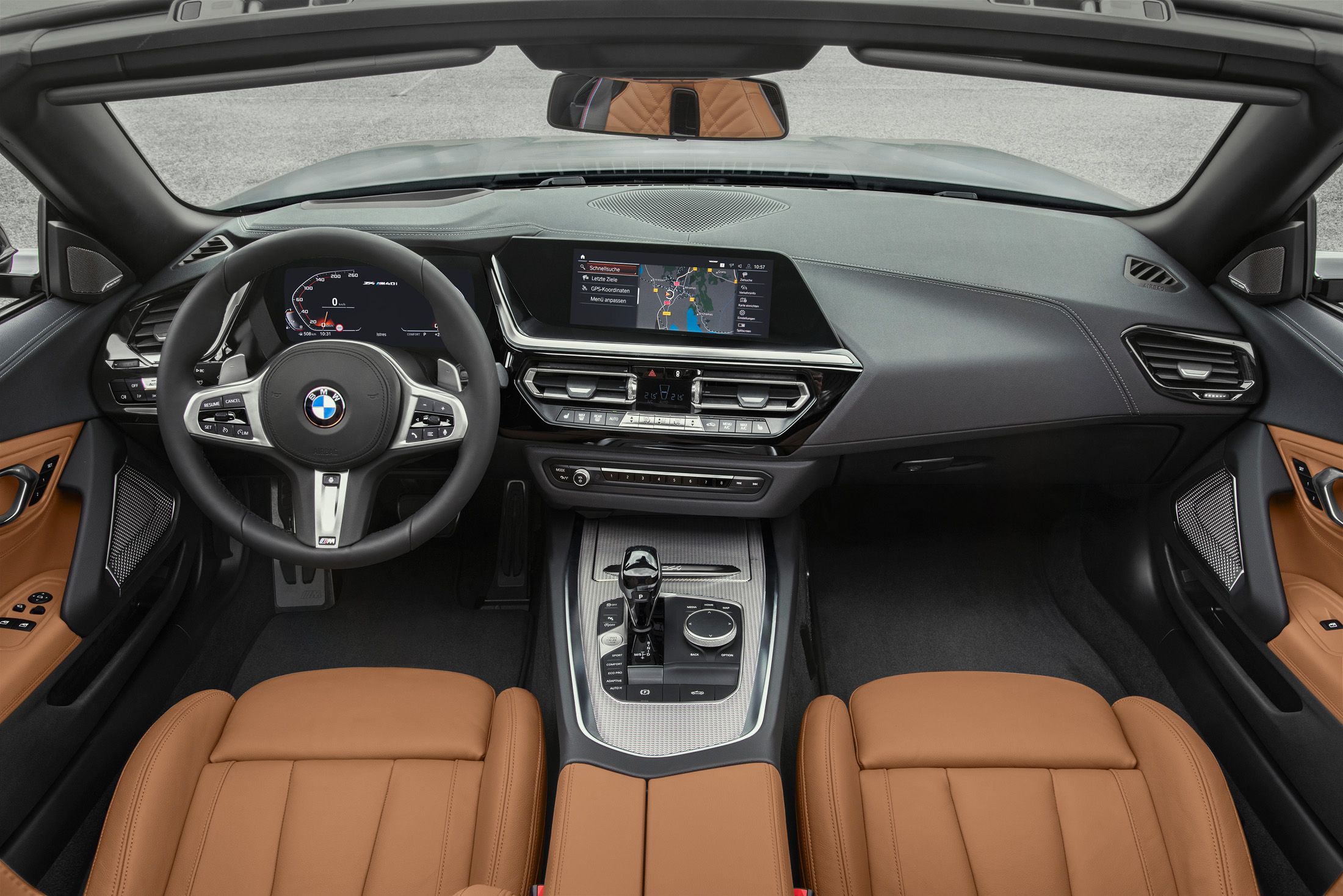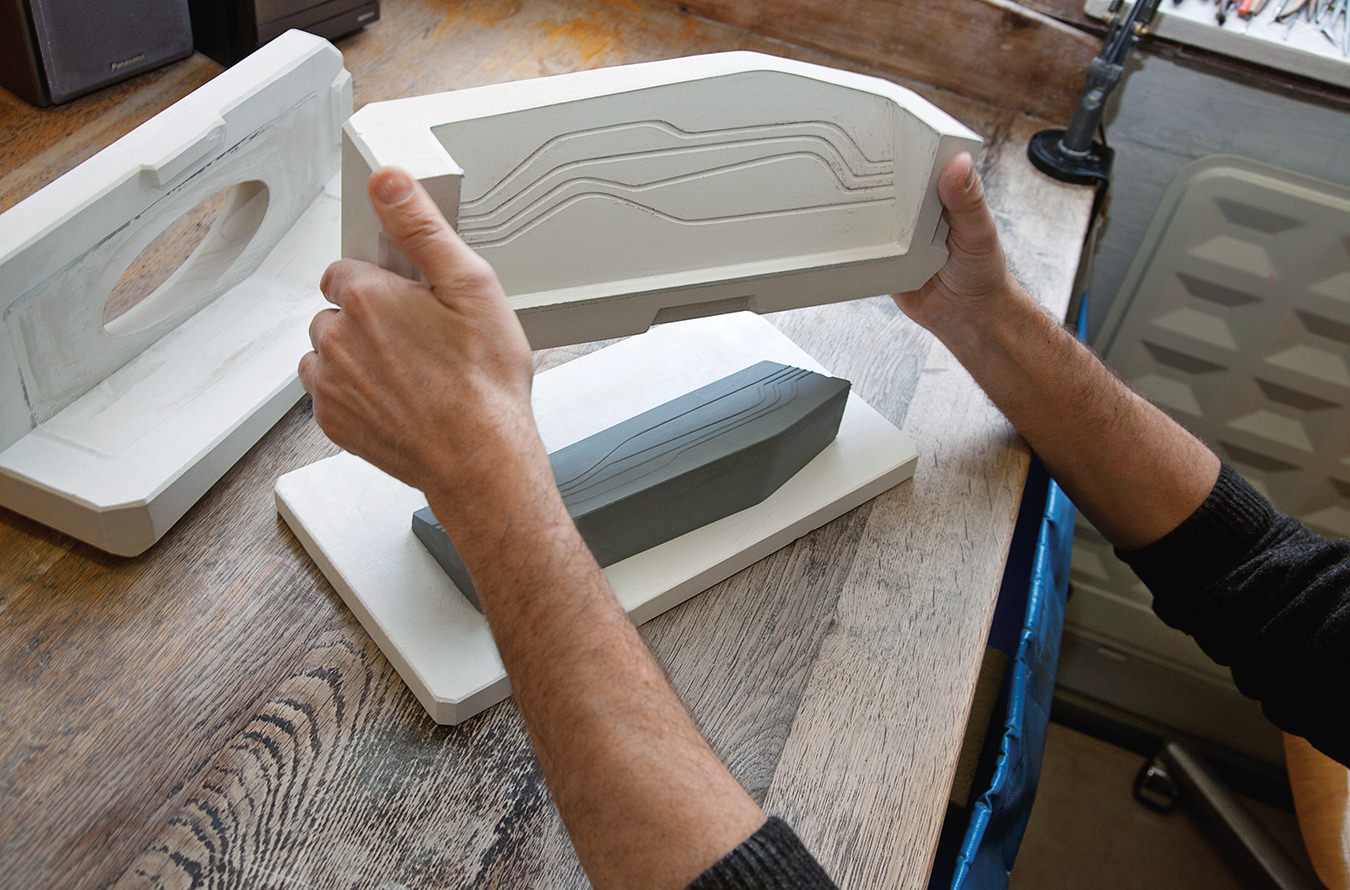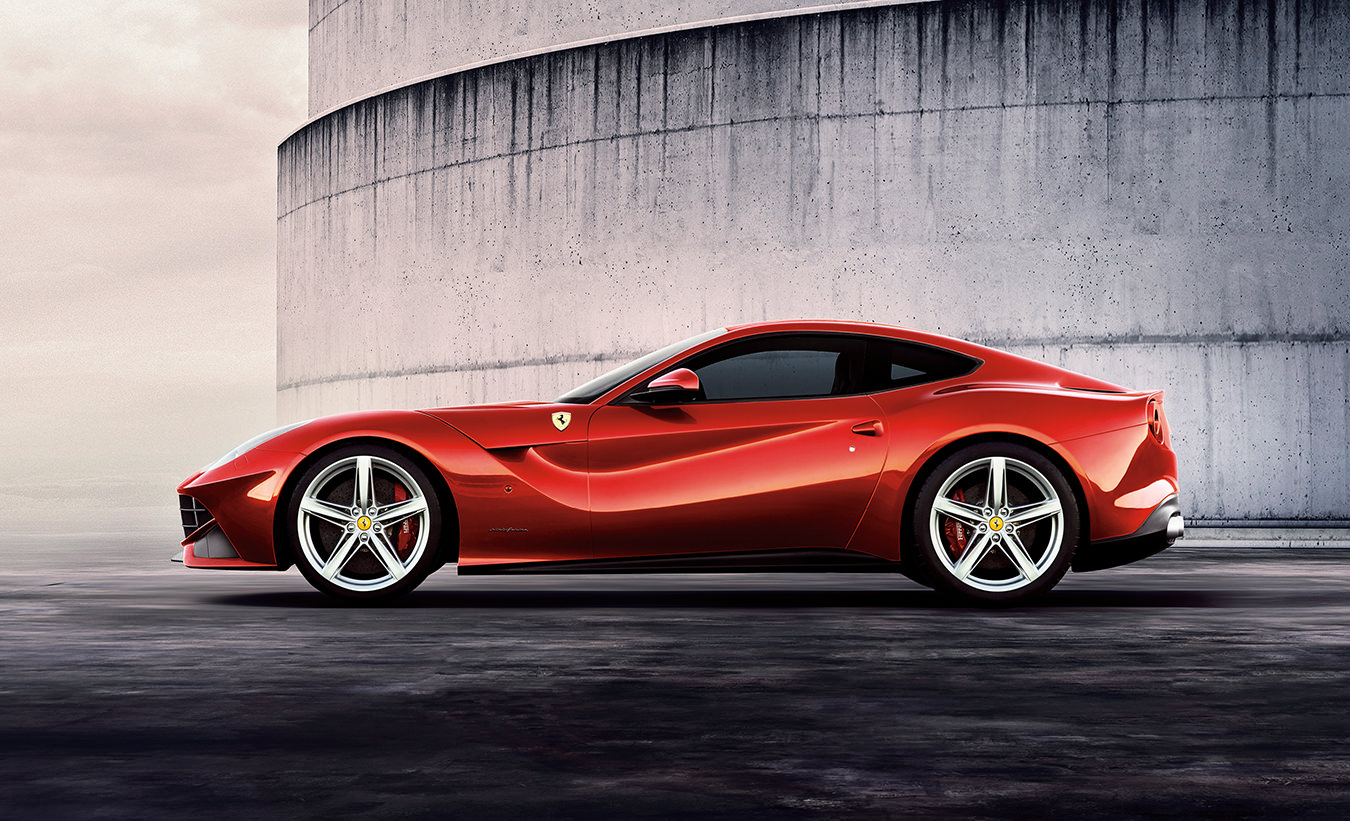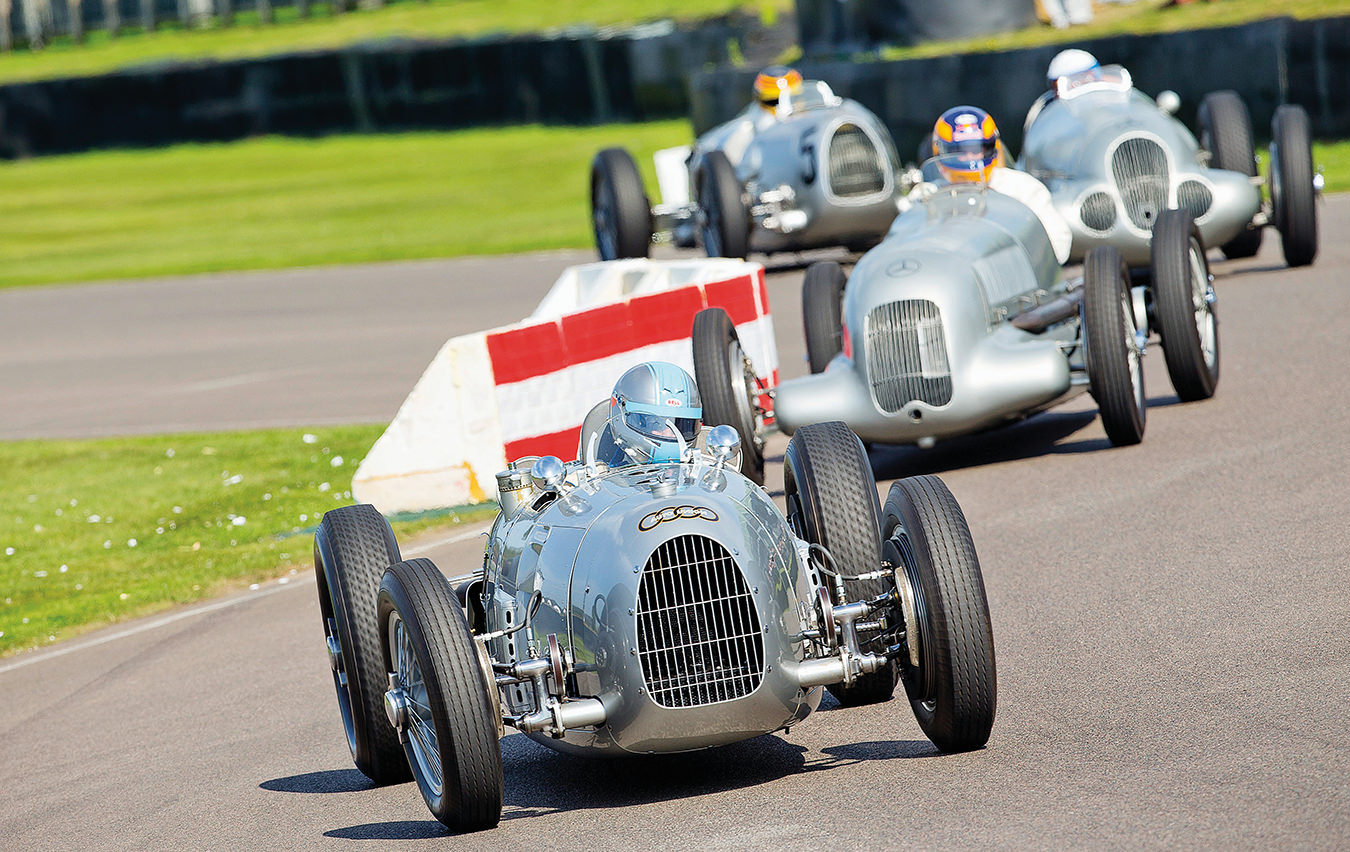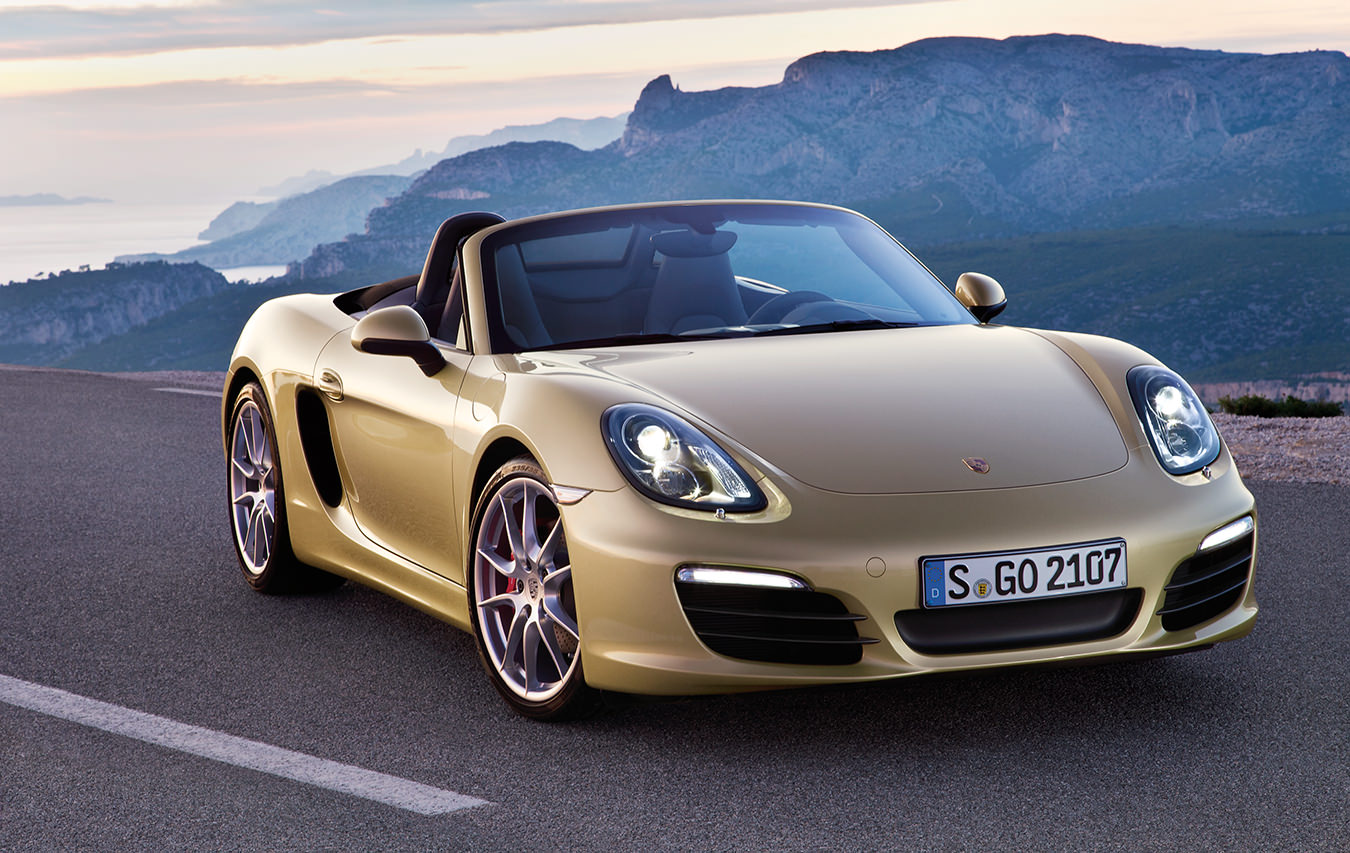The Rebirth of BMW’s Z4 Roadster
Put the top down, the Z4 is back.
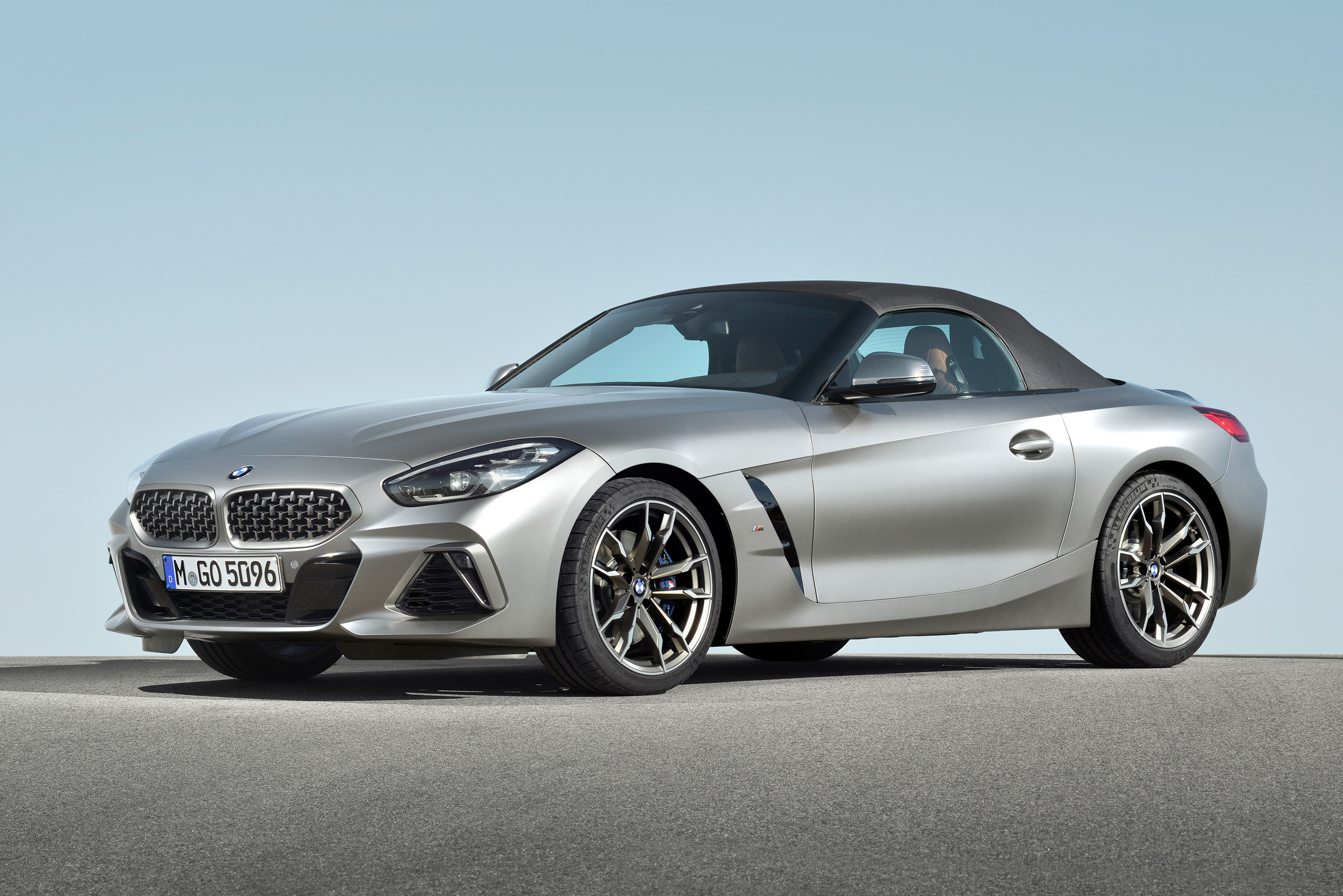
The release of BMW’s new Z4 marks the rebirth of the German manufacturer’s loveable and long-standing two-seat roadster. First shown at Pebble Beach and later seen by a wider audience at the recent Paris Auto Show, this complete redesign is the third generation of the Z4. The original came to market in 2002 as a follow-up to the successful Z3, and was discontinued at the end of the 2016 model year.
The new Z4 shares a platform with the forthcoming and much-teased Toyota Supra sports car—an important model for a brand that has all but ignored the performance segment for many years. As for BMW, the Z4 is also significant, but for essentially the opposite reason. Along with the Z3, the Z4 is and has been a crucial model for the brand’s driver-focused modern philosophy. Consider that the original Z4 was launched in an episode of BMW’s fantastic cinematic commercial series The Hire, which starred Clive Owen as the nameless hired driver. While BMW has Tom Cruise driving the M5 in the latest Mission Impossible film, I wouldn’t be surprised to see the new Z4 in some sort of a cinematic role—fingers crossed that it’s another installment of The Hire.
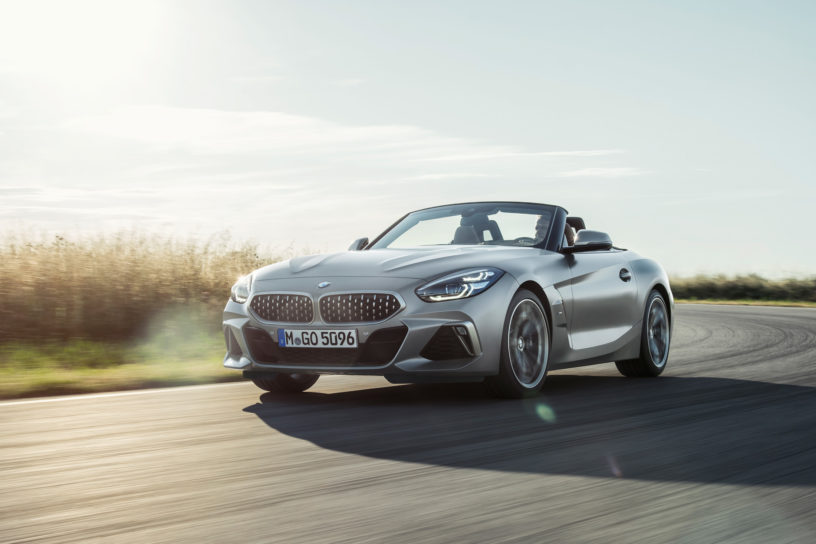
Screen time aside, the new Z4 is being launched with three engine options, ranging from the base in-line four-cylinder Z4 sDrive20i (197 hp/236 lb-ft) to the Z4 sDrive30i (258 hp/295 lb-ft) and the Z4 M40i (inline six, 340 hp/396 lb-ft). In the top spec, the Z4 M40i is more powerful than a base Porsche Boxster and manages to best its 0 to 100 km/h time at 4.5 seconds (versus the Porsche’s 4.7, with Sport Chrono). The base model Z4 does the same in 6.6 seconds, with the mid-spec Z4 sDrive30i shaving that down to 5.4 seconds.
Given the considerable competition in the segment, performance is key, but far from the only factor of importance when it comes to making a standout two-seat convertible. Design is also crucial, and the Z4 is distinctive, sporty, and quickly recognizable as a modern BMW. With a long hood, LED headlights, large 19-inch wheels, and M Sport brakes (for the M40i), the Z4 looks like a proper sports car and manages the same mix of eye-catching design and luxury touches that made the original Z4 stand out in the early 2000s.
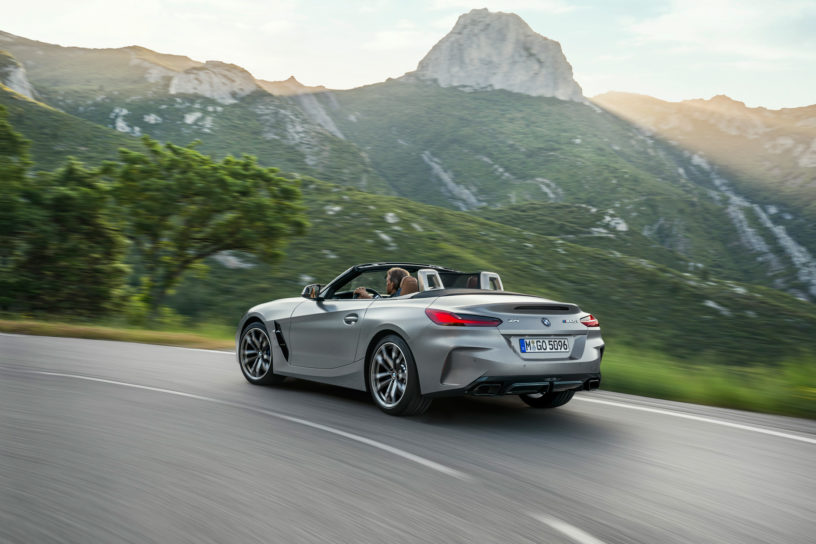
Upon first glance, the sloping rear deck, wide fenders, and sharply scalloped flanks catch the eye, but it may take a second look to notice the rollover bars behind the headrests, the large exhaust setup, and the venting in the fenders behind the rear wheel. Wisely, and not unlike previous examples, it’s a well-proportioned car with just enough strangeness in its design to grow and evolve over time. Not unlike the new Aston Martin Vantage, I think this new Z4 will only look better the more often you see one pass by on the road.
Carrying the full host of BMW’s standard tech and convenience options, the Z4 has an optional Harmon Kardon sound system, a colourful heads-up display, and a large central multimedia screen that works in conjunction with BMWs next-gen digital driver’s console. Where some small roadsters are defined by how sparse and stripped out they are, BMW maintains its tech-forward mindset with the new Z4.
While I’ll wait until I’ve had a chance to get behind the wheel before commenting on how well it drives, if it’s even a slice of the new M5, the Z4 is going to be very good. While pricing has not yet been announced, given both a soft top that retracts in 10 seconds and the offer of an inline-six (when other manufacturers like Porsche have moved exclusively to four-cylinder options on their small sports cars) the Z4 should sound great and be a strong choice for a good road on a crisp autumn day. Put the top down, throw on some sunglasses, and do your best Clive Owen—it is the Z4 after all.
_________
Never miss a story. Sign up for NUVO’s weekly newsletter, here.

